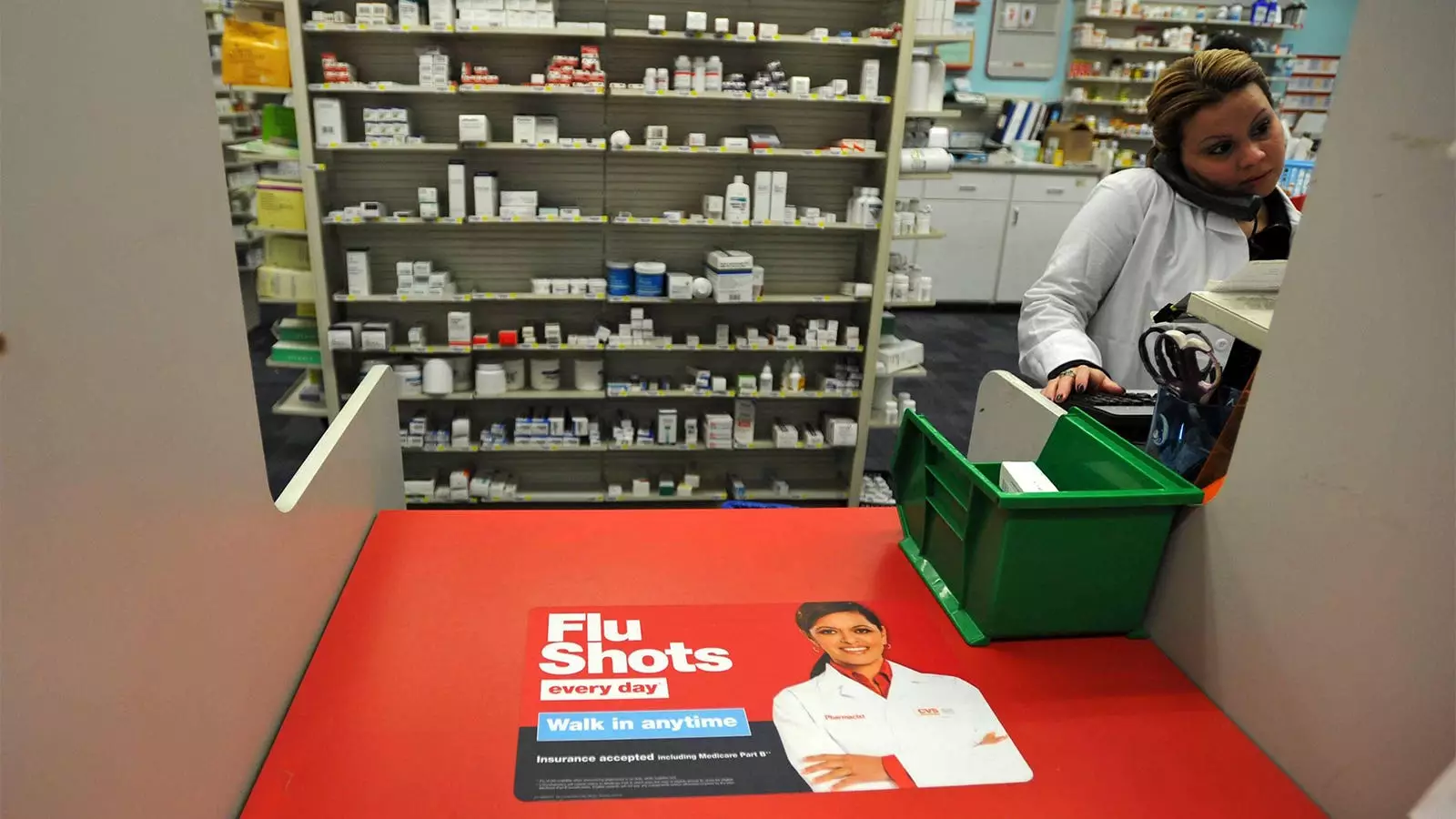In 2016, as I rounded the bend toward graduation from pharmacy school, I found myself entrenched in the demanding role of a student intern. My typical day began at 7:45 a.m. before the pharmacy doors swung open and extended beyond the 9 p.m. closing time, often dragging me to the edge of exhaustion. Standing for over 13 hours unremittingly, my colleagues and I felt the weight of fatigue pressing into our bones. Lunch breaks were scarce, and by the end of the work day, we were not just tired—we were drained to the point where engaging with even our most amicable patients became a burden.
In any retail environment, the pressures can be immense, but in the pharmacy sector, the stakes are particularly high. We were not merely selling products; we were dispensing medications and offering vital consultations regarding patients’ health. The notion that a rushed or fatigued intern could mismanage someone’s medication loomed large. Would you trust your health to someone working on fumes after a grueling day? Unfortunately, this was the norm.
Fast forward a few years, and the landscape of pharmacy practice is undergoing a noteworthy transformation—a change prodded by the concerns of frontline workers, management interventions, and advocacy movements aimed at protecting our well-being. As we honor the 20th anniversary of American Pharmacists Month in October, it becomes evident that an awakening is occurring among various stakeholders regarding the need for improved working conditions within the pharmacy profession.
Legislative momentum has started to reflect this reality, with states passing laws to establish minimum working conditions. Moreover, corporations are beginning to recognize the necessity of mandatory lunch breaks and are shifting the focus away from sheer speed and productivity metrics. This marks a significant cultural shift within pharmacy that emphasizes the importance of healthcare professionals’ well-being as a fundamental component in delivering quality care.
The implications of pharmacy fatigue transcend the individual pharmacy worker; they resonate through the entire healthcare delivery model. My experience researching fatigue within this population has directed my attention toward the parallels drawn from other high-stress professions, particularly surgical and nursing fields. Inadequate rest and relentless working hours elevate the risk of error, potentially costing lives in critical moments.
Through my conversations with pharmacists and pharmacy technicians, a mosaic of experiences emerged. They conveyed the joy of patient interactions—the clinical consultations, immunizations, and lifestyle recommendations that made their work fulfilling. Yet, there was an undercurrent of stress that followed them home, often exacerbated by customer dissatisfaction that could morph into hostility. The profession carries the burden of ensuring safety alongside service, often leading to a treacherous balance.
A salient example of this mounting pressure was a pharmacist who witnessed the backlash of introducing mandatory lunch breaks; frustrated patients bombarded the pharmacy with calls, demanding immediate service. The transition, meant to protect worker well-being, unintentionally raised tensions among patients. Such dynamics highlight an ongoing struggle to educate the public about the intricacies of pharmacy practice and the importance of patient safety over rapid service.
As we look to elevate the conversation around pharmacy practice, it becomes imperative for various stakeholders—including patients, healthcare providers, and policymakers—to understand and advocate for the preservation of quality care over the mere speed of service. While it is crucial that pharmacy care remains accessible, conflating accessibility with hastiness could compromise safety, an idea that begs continuous dissemination.
I urge prescribers and healthcare teams to consider employing electronic communication strategies, such as electronic prescriptions, to streamline processes and improve accuracy when handling medications. Additionally, I recommend building in reasonable buffer times for prescription refills while emphasizing that immediate availability cannot always be guaranteed. This understanding can foster a collaborative atmosphere where everyone works toward a common goal: the safety and health of patients.
Apologies are due from pharmacy staff to prescribers dealing with complex and shifting drug formulary landscapes, but the commitment to improvement must be a shared responsibility. I envision a collective push—pharmacists, nurses, doctors, and patients alike—standing firm in our demand for systemic changes that prioritize safety, empathy, and high standards of care.
Let us find strength in our shared experiences and put forth the effort to revolutionize the pharmacy experience—ensuring it is one marked not just by accessibility but by the integrity of care provided to every patient. The time has come for us to prioritize the well-being of all healthcare professionals to secure the best outcomes for those we serve.

Leave a Reply